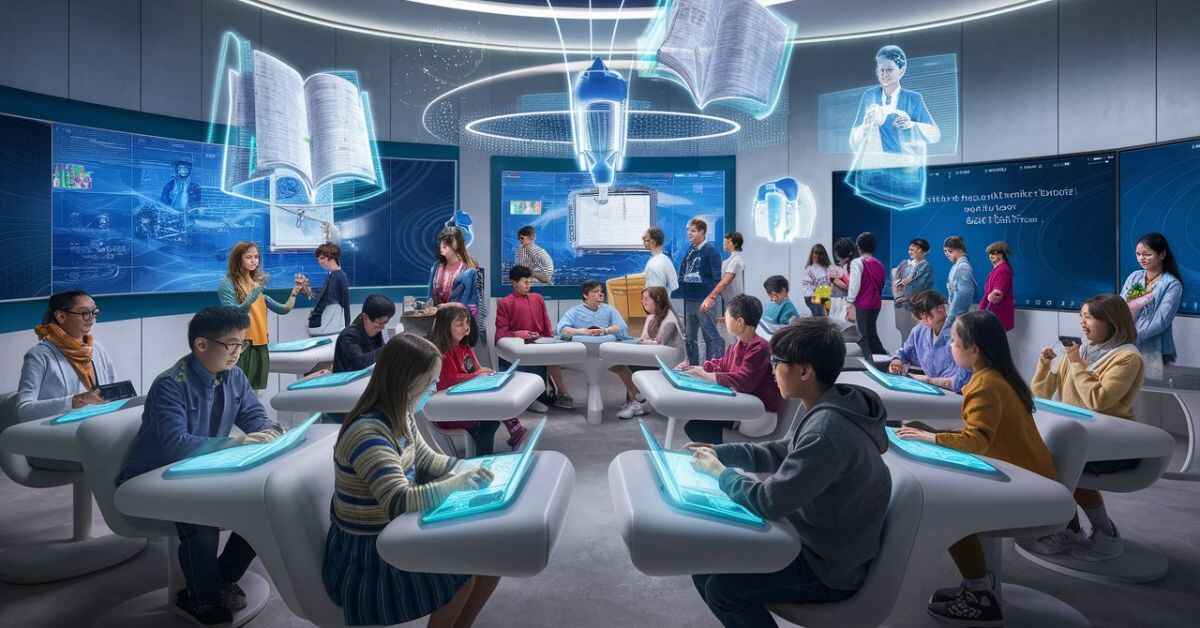In the present-day generation, the fusion of education and technology has become an irrefutable duo, sparking an effective synergy that reshapes our approach to learning, coaching, and engaging with information.
The phrase “Education Loves All Tech” perfectly captures the essence of this partnership, emphasizing the profound influence technology has had on the realm of schooling.
Indeed, technology has seamlessly interwoven itself into the very core of education, revolutionizing conventional teaching techniques and unleashing uncharted possibilities.
In this article, we delve into the multifaceted connection between education and technology, tracing the evolution of educational technology, exploring its pivotal role in the modern classroom, and envisioning its future potential.
The Evolution of Educational Technology
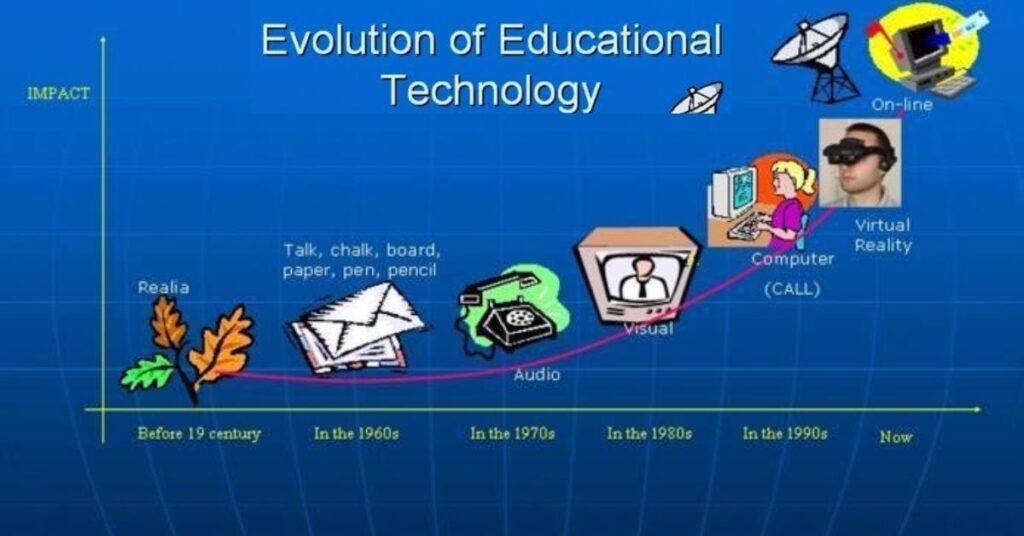
1. Historical Perspectives
To understand the present state of educational technology evolution, it’s crucial to examine its development.
From the advent of the printing press to the discovery of audiovisual devices, each era witnessed innovations aimed at enhancing the learning experience.
The transition from chalkboards to interactive learning environments like smartboards exemplifies the progressive nature of educational tools.
Historically, the pursuit of knowledge has continuously embraced technological advancements.
For instance, the invention of the printing press revolutionized the dissemination of information, making books and educational materials more accessible to a wider audience.
Similarly, the introduction of audiovisual devices, such as film projectors and television sets, opened new avenues for visual and auditory learning.
Recommended Post:
2. Digital Revolution
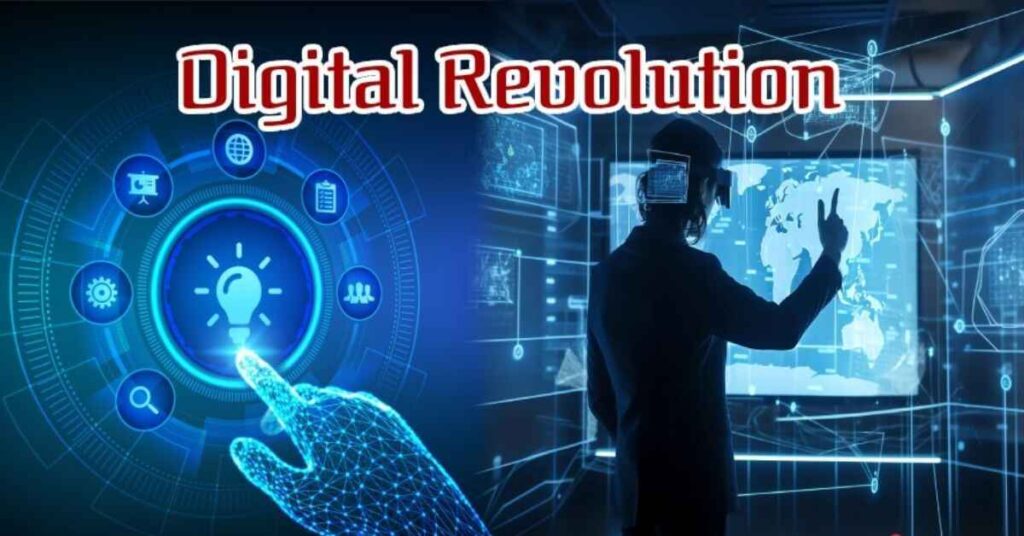
In the 20th century, we witnessed the digital revolution in education, paving the way for computing in educational settings.
The rise of personal computers and the Internet ushered in a new era of knowledge acquisition and collaborative learning.
The shift towards digital channels not only streamlined administrative processes but also facilitated the widespread distribution of information.
One of the primary reasons “Education Loves All Tech” is that it enhances the learning experience.
From online communication tools to educational software programs, digital tools provide a dynamic platform for students to grasp complex concepts more effectively.
The integration of multimedia resources makes learning not only informative but also engaging and interactive.
Technology within the Modern Classroom
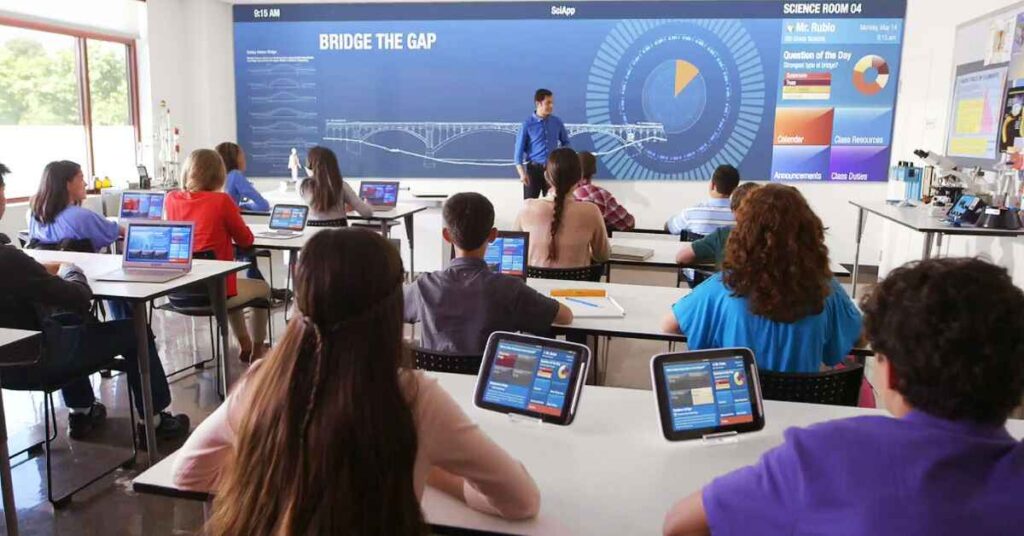
1. Interactive Learning Environments
The integration of technology in classrooms has transformed traditional teaching methods. Smartboards, tablets, and educational software programs offer interactive learning environments, catering to diverse learning styles.
This shift encourages active participation, engagement, and real-time feedback, fostering a dynamic educational experience.
Interactive learning environments empower students to take an active role in their learning journey.
Through hands-on activities, simulations, and collaborative projects, students can engage with the subject matter in a more immersive and captivating manner.
Furthermore, these environments allow for personalized instruction, tailored to individual learning needs and preferences.
2. Online Learning Platforms
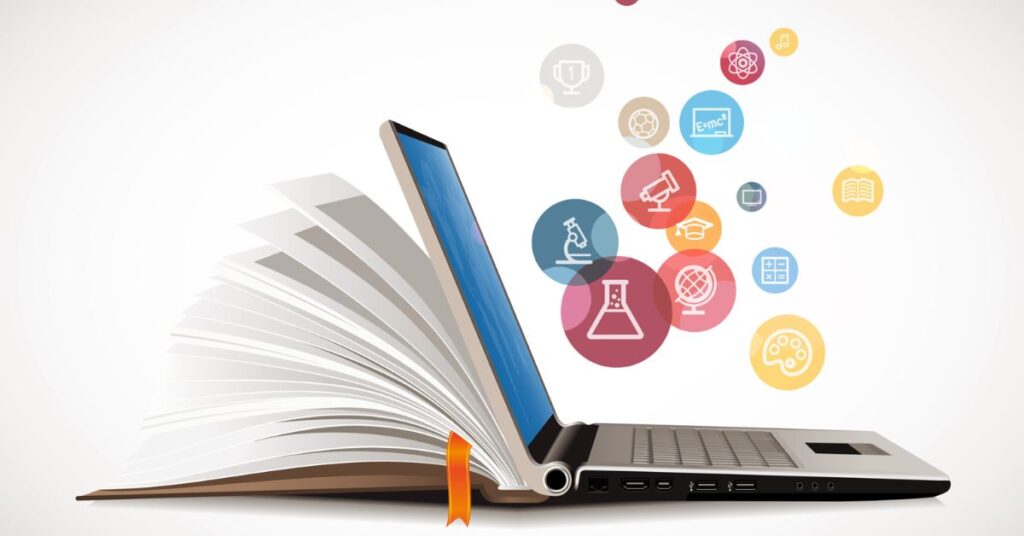
The rise of online learning platforms, such as Massive Open Online Courses (MOOCs) and virtual classrooms, has democratized education, making it accessible to a global audience.
These platforms offer flexibility and convenience, allowing learners to acquire new skills and knowledge from the comfort of their homes.
This paradigm shift has redefined the concept of lifelong learning, empowering individuals to continuously upskill and adapt to the ever-changing demands of the job market.
Online learning platforms have created a global community of learners, transcending geographical boundaries and fostering cross-cultural collaboration.
Learners can interact with peers and instructors from diverse backgrounds, exchanging ideas and gaining unique perspectives.
This exposure not only enhances academic growth but also promotes cultural understanding and global citizenship.
Read More:
Artificial Intelligence (AI) in Education
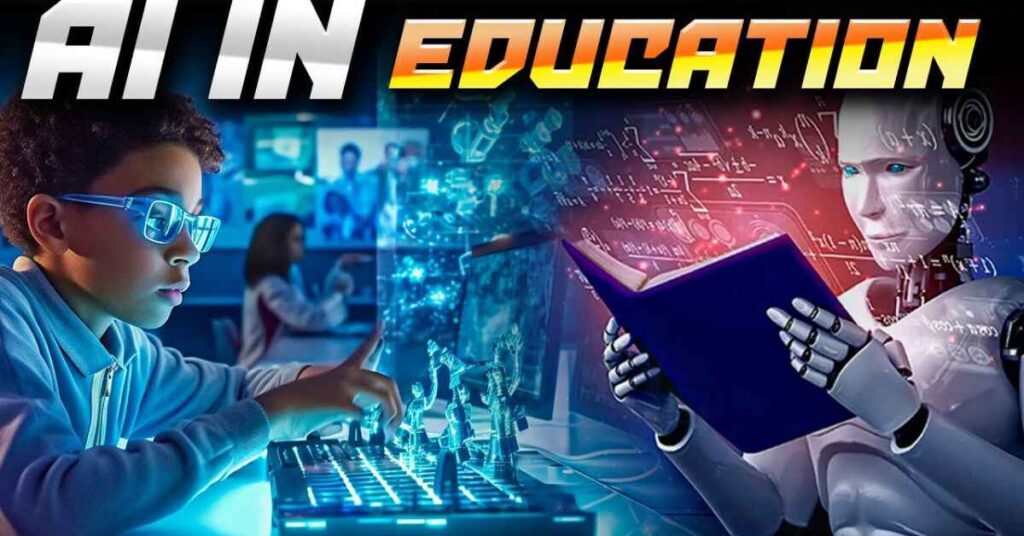
The incorporation of artificial intelligence (AI) in education has opened up new opportunities for personalized and adaptive learning experiences.
AI-driven adaptive learning systems can customize educational content based on individual student needs, optimizing the learning process.
Intelligent tutoring systems and chatbots contribute to a more personalized and efficient learning experience by providing real-time feedback, guidance, and support.
AI-powered technologies have the potential to revolutionize traditional teaching methods by offering data-driven insights into student performance and learning patterns.
Educators can leverage these insights to tailor their instructional strategies, identify areas of improvement, and provide targeted interventions to ensure no student is left behind.
Moreover, virtual and augmented reality technologies have transcended entertainment and found applications in education.
Immersive experiences enable students to explore historical events, travel to distant locations, or conduct virtual experiments in a safe and controlled environment.
This not only enhances knowledge acquisition but also sparks creativity, curiosity, and a deeper understanding of complex concepts.
Teaching in COVID-19: A Digital Paradigm Shift

The global COVID-19 pandemic presented an unprecedented disruption to traditional education systems, compelling a rapid and substantial shift to online learning.
As schools and universities closed their physical doors to curb the spread of the virus, educators faced the challenge of adapting their teaching methods to a virtual format.
The transition to online learning during the pandemic underscored the crucial role of technology in sustaining the continuity of education during challenging times.
Virtual classrooms, video conferencing tools, and collaborative online platforms became the new norm, allowing educators to connect with students despite physical distances.
This shift not only showcased the resilience of education during adversity but also highlighted the importance of seamlessly integrating technology into teaching methodologies.
While the pandemic presented challenges, it also accelerated the adoption of innovative educational technologies.
Educators explored new ways to engage with students in digital environments, leveraging interactive tools, digital labs, and multimedia resources to recreate the richness of the traditional lecture room experience.
The experience of teaching online during the pandemic has left a lasting impact on the education landscape, fostering a greater appreciation for the role of technology in facilitating flexible and adaptive learning environments.
Conclusion
In conclusion, the affection education harbors for all things tech is evident in the transformative impact technology has had on teaching methods, learning experiences, and the overall educational landscape.
The COVID-19 pandemic catalyzed the integration of technology in education, emphasizing its role in providing resilience and continuity.
As we move forward, the relationship between education and technology continues to evolve, promising an exciting future where the fusion of innovative technology and pedagogical practices creates a dynamic and inclusive educational experience for all.
Questions
What is the role of technology in modern education?
Technology enhances learning by providing interactive, engaging, and personalized educational experiences, and it transforms traditional teaching methods with innovative tools.
How can modern technology help you in learning?
Modern technology offers interactive tools, online resources, and adaptive learning systems that cater to individual needs, making learning more accessible and enjoyable.
How will modern technologies change the way of teaching in the future?
Modern technologies will enable more personalized, flexible, and engaging teaching methods, incorporating AI, virtual reality, and digital collaboration tools.
Does modern technology such as laptops improve teaching and education?
Yes, laptops and other modern technologies improve teaching and education by providing access to vast resources, enabling interactive learning, and facilitating real-time feedback.
How has technology enhanced the inclusivity of education and transformed traditional teaching methods?
Technology has made education more inclusive by offering accessible learning platforms and adaptive tools, transforming traditional methods into interactive, student-centered experiences.
What impact did the COVID-19 pandemic have on teaching methods, and how did technology play a pivotal role in sustaining the continuity of education during challenging times?
The COVID-19 pandemic forced a shift to online learning, where technology like virtual classrooms and video conferencing tools maintained educational continuity and engagement.
